Water managers grapple with a smaller Colorado River as the climate changes
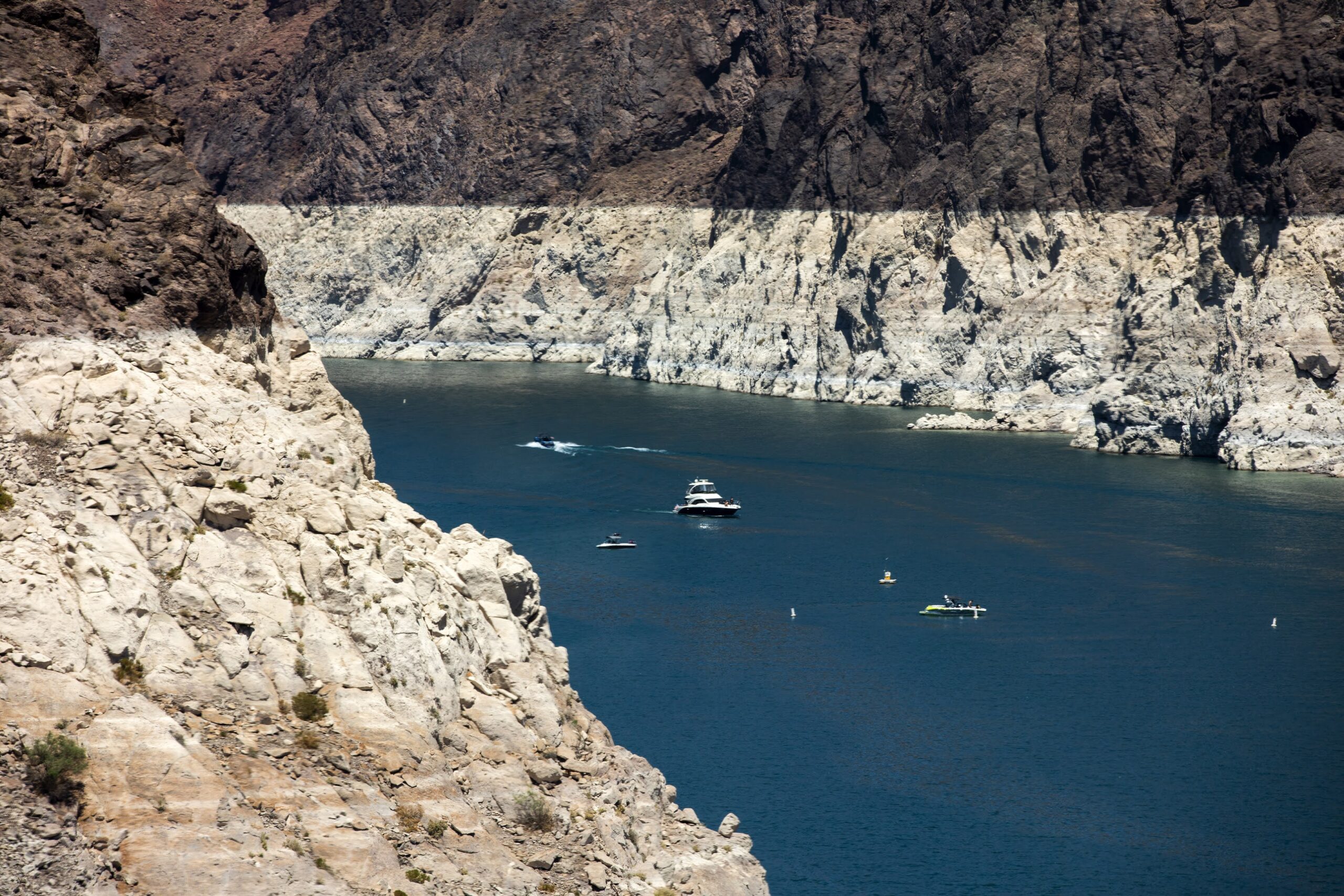
For years, scientists have warned that climate change would have significant ramifications for the Colorado River. But it took two back-to-back dry years and dramatic declines in Lake Mead to drive home the point: The Southwest needs to plan for a world where water scarcity is the reality.
What that planning process looks like — and exactly how it takes shape — was a primary topic of conversation at an annual Colorado River conference in Las Vegas over the past week. At Caesars Palace, water managers listened to speeches, milled about the hallways and convened closed-door side meetings. Their focus: how to move forward, what kind of future the region should prepare for, and how to overcome serious political challenges.
“The really bad conditions that we are seeing right now, the dramatic drops in the reservoirs, are forcing conversations that are extremely uncomfortable, but really important and useful,” said John Fleck, a University of New Mexico researcher and author of two books on the river.
In many ways, the Colorado River Water Users Association Conference is a microcosm of the global challenges and negotiations to reconcile science and policy in grappling with a changing climate, which has already left a major imprint on how water cycles through the environment.
Each year, the conference brings together water users from across the Colorado River Basin, which includes about 40 million people from seven Western states, more than two dozen tribes and the country of Mexico. The river, the region’s environmental lifeblood, is diverted for cities, farmers and industry, all sectors that send representatives to negotiate at the conference.
The watershed’s size and scope, even in years where there is far more water in the reservoirs, means the stakes for negotiations are always high. Those stakes are especially high now, with the river’s two largest reservoirs — Lake Mead and Lake Powell — at 32 percent of capacity.
Everyone at the conference has different interests and the representatives who attend must grapple with politics at home, leaving them with less negotiating power than it might appear. Moreover, the river’s governance is diffuse and decentralized, with different nodes at different parts of the basin. This fact has, in the past, shut certain water users out of the discussions.
In 2007, the last time the states negotiated guidelines for managing the basin’s reservoirs, tribal nations were not included, despite having rights to about one-fifth of the river. As states start to renegotiate those guidelines and work through the process of planning for a drier future, tribal leaders have stressed the importance of inclusion.
“You’ve heard it so many times,” said Maria Dadger, executive director of the Inter-Tribal Council of Arizona. “Historically, tribes have not been a part of the negotiations around the management of the Colorado River. And let’s just say that’s past history, because that is no longer the case.”
But even as many water managers see the need to plan for less, some are seeking to develop more. Today, nearly a century after states signed the Colorado River Compact, one of the river’s primary governing documents, there are proposals to divert more water from the river, including a pipeline that would move water from Lake Powell to the fast-growing area of southwest Utah.
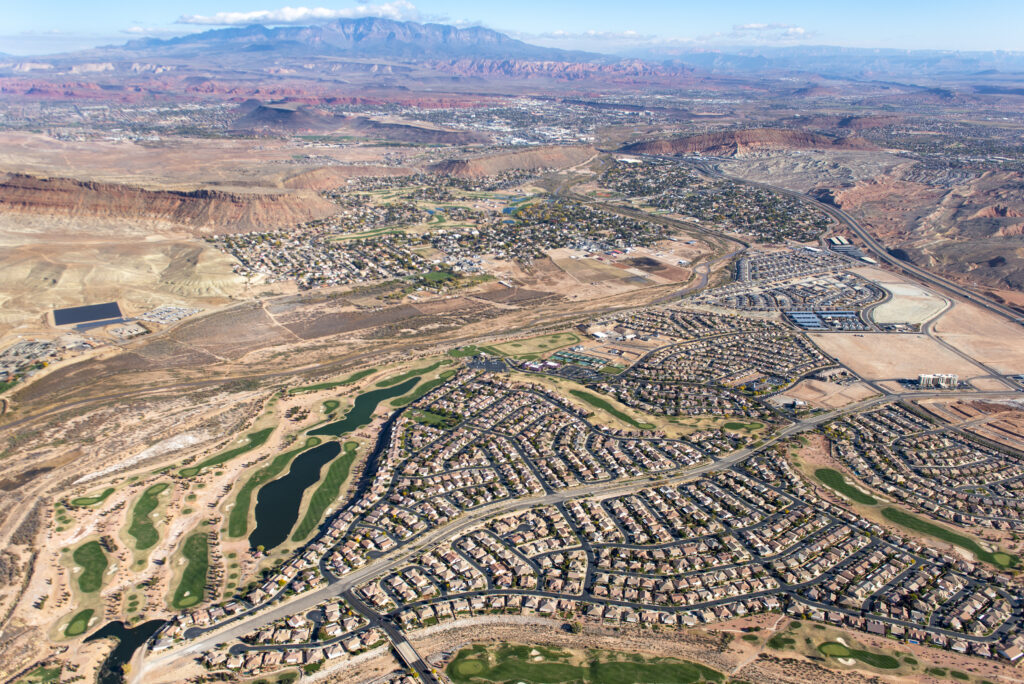
For years, Brad Udall, a climate scientist at Colorado State University, has been a leading voice in communicating the ways in which a warming, aridifying landscape in the Southwest has altered the average flows of the river. On Wednesday, Udall laid out the scientific literature on the Colorado River and suggested reframing the conversation: The system is not stationary.
“When I hear ‘new normal,’ I actually get a little frustrated,” Udall said during a presentation. “If you are going to call it anything, call it the ‘new abnormal.’”
People took note. What Udall said was not necessarily new, but his comments were echoed by water managers throughout the week, a recognition that climate change is already affecting the river.
Many water managers have seen it in real-time. Last year, snowpack was observed at around 85 percent of average, yet the amount of water that made it to the river was a near record-low — about 30 percent of average. In remarks on Wednesday, federal Bureau of Reclamation Commissioner Camille Calimlim Touton called the disparity a “staggering difference.”
Even so, planning for a “new abnormal,” acknowledging it in policies, is far more challenging than talking about it. In the past, water users have planned for a Colorado River that averages about 15 million acre-feet (an acre-foot is the amount of water that can fill one acre to a depth of one foot). As the climate changes, the question is what baseline water managers should use.
Last week, Las Vegas became one of the first regions to lay down a revised baseline of what kind of river to be planning for. Colby Pellegrino, a deputy general manager of the Southern Nevada Water Authority, said the agency is preparing for an 11 million acre-foot river. To achieve that, Pellegrino announced a slate of aggressive conservation and efficiency policies.
On Monday, the water authority board will consider two resolutions that, if local politicians sign off, would prohibit grass and evaporative cooling in new development. The goal is to bring down per capita daily water use significantly to not only meet future growth, but to also recognize that warmer temperatures are likely to increase water use on outdoor lawns and in cooling systems.
“We’re not only fighting to get our use down, we’re fighting the upward pressure that climate change is projecting on our demands as well,” Pellegrino said during a talk on Wednesday.
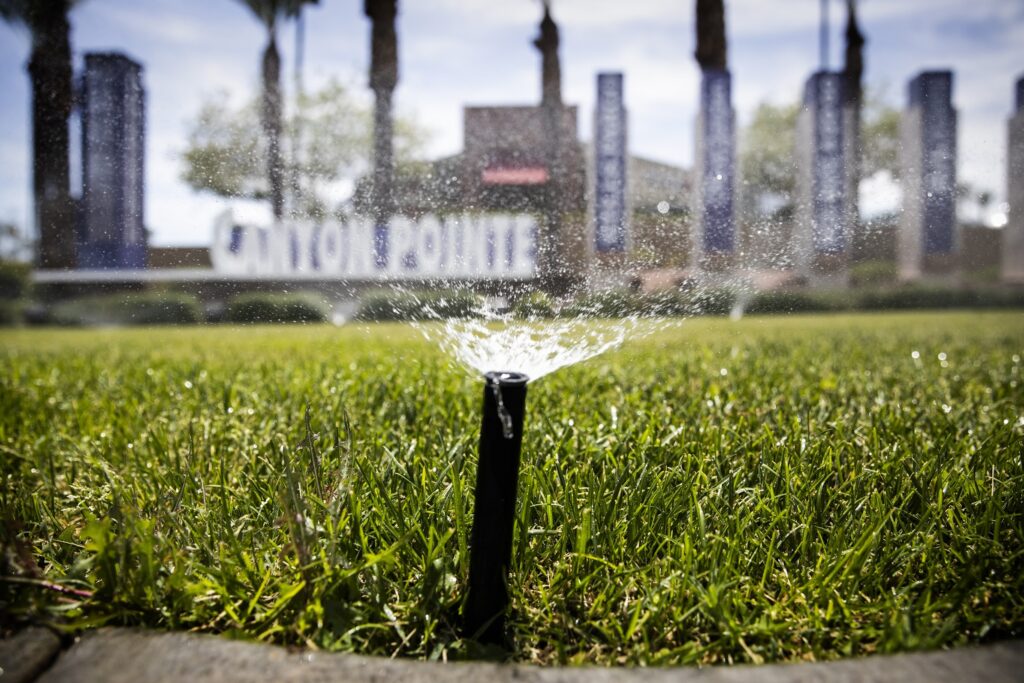
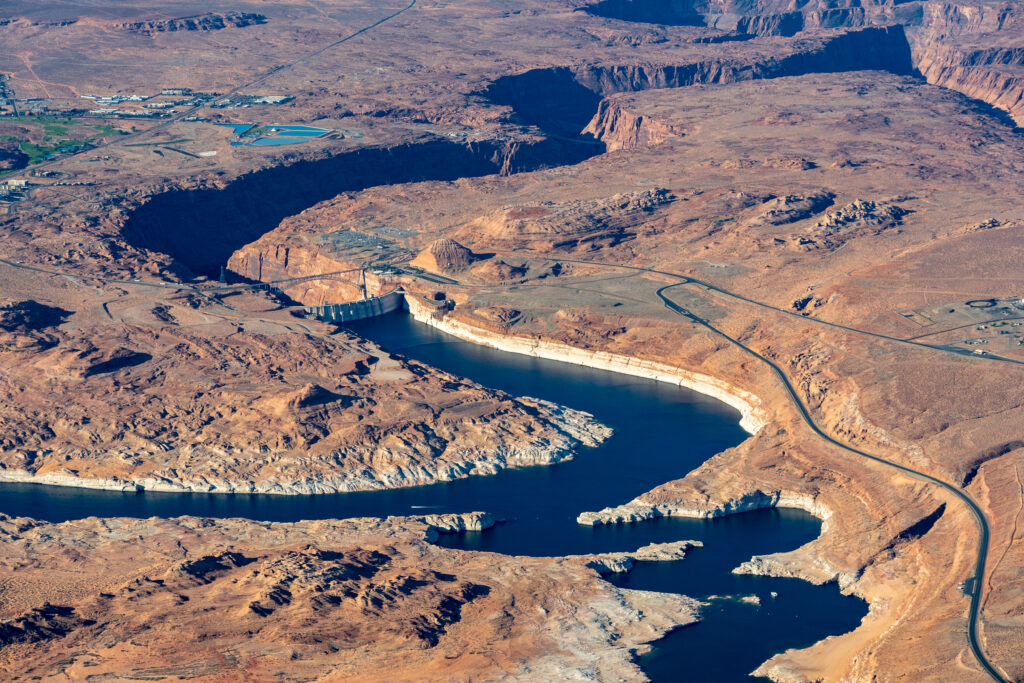
There is not yet a consensus, however, on what baseline to use in climate change planning. For other states, the politics are more challenging. In many cases, planning for years when the Colorado River only has 11 million acre-feet of inflows would mean expensive and painful reductions in water use.
In planning for climate change, Nevada has a number of advantages over other states that make an aggressive benchmark more palatable. The state’s Colorado River apportionment is used almost entirely by Las Vegas. In other states, many sectors (agriculture, industrial, etc.) with varying interests and multiple layers of governance share a Colorado River apportionment.
Some water managers believe a number closer to 14 million acre-feet is a more realistic tool for planning. Others believe multiple scenarios should be used. Either way, establishing a baseline will be important as the states look to update the 2007 operating guidelines that currently govern the river’s management. Those guidelines expire in 2026.
Next year, the U.S. Bureau of Reclamation, which oversees the river’s reservoirs, plans to outline the process for renegotiating the guidelines. The bureau plans to initiate a formal environmental review process under the National Environmental Policy Act, better known as NEPA.
At a press conference Thursday, David Palumbo, a deputy commissioner for the bureau, said the NEPA process, which allows for public comment, will help the agency collect input on what climate change planning should look like.
“We’ll need to settle on perhaps a suite of numbers over time,” Palumbo said.
For the past two years, as hydrology on the river worsened, water managers have engaged in short-term negotiations to stave off extreme conditions at Lake Mead and Lake Powell. Over the summer, the U.S. Bureau of Reclamation declared its first shortage on the river, triggering cuts in Arizona, Nevada and Mexico under a Drought Contingency Plan (DCP) signed in 2019.
At the same time, the states that are upstream of Lake Powell — Colorado, New Mexico, Utah and Wyoming — saw emergency operations at reservoirs and are continuing work on a drought operating agreement for 2022.
Modeling has continued to show Lake Mead dropping to severe elevations, the point at which there are increased risks for the water supply and operating the reservoir. As a result, officials from California, Arizona, Nevada and the federal government signed a memo on Wednesday, outlining the contours of a $200 million two-year plan to keep more water in the lake.
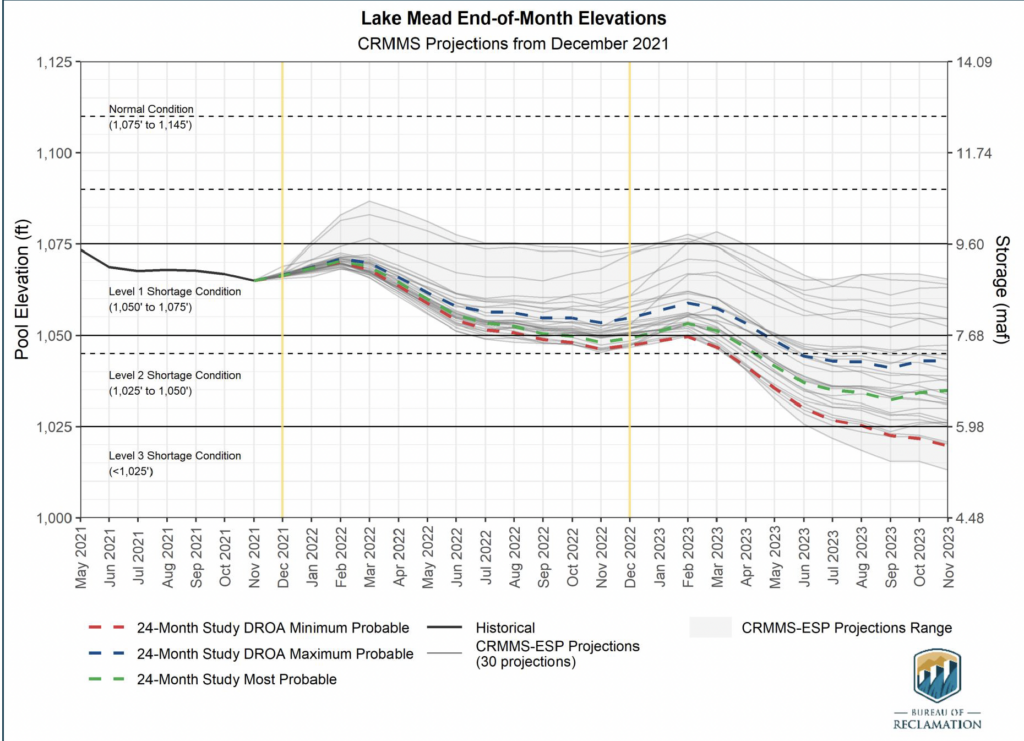
At the ceremony, the Colorado River Indian Tribes and the Gila River Indian Community also signed agreements with the United States to contribute water as part of the two-year plan, a recognition of the increasingly important role that tribal nations are playing in Colorado River management.
Even the signing was a change from 2019. Both tribal nations played a key role in the DCP, yet they were not official signatories. On Wednesday, the leaders of the Colorado River Indian Tribes and the Gila River Indian Community signed the agreements in front of a row of ceremonial flags, including the flags of tribal nations belonging to the Ten Tribes Partnership (the partnership consists of a coalition of Indigenous communities from across the basin).
Gila River Indian Community Governor Stephen Roe Lewis described the tribes as “a vital part” of the planning process. He added that “by bringing the parties together, fostering productive cooperative dialogue and providing much-needed critical resources, tribes, shouldering this sacred responsibility, this leadership, can and will help shape the future of the Colorado River.”
The plan to keep water in Lake Mead, while significant, is a temporary solution to a long-term problem unfolding on the Colorado River: A fundamental imbalance between supply and demand that has grown larger with climate change. The longer-term negotiations are beginning to unfold as the federal government considers how to structure the process for updating the river's existing operating guidelines.
Tribal leaders said they want to ensure they have a seat at the table as the longer-term water negotiations unfold. Many Colorado River tribes, whose claims to water predate those of the states, are still working to quantify and use the water rights that belong to their communities.
But there remain concerns about whether a structure exists to ensure future management decisions are made in an equitable manner, given that many ideas are discussed informally and outside of public spaces.
At the Thursday press conference, Tanya Trujillo, an assistant secretary for water and science at the U.S. Department of Interior, said the agency was working to ensure that tribes had input in the process for updating the operating guidelines. The Bureau of Reclamation is part of the Interior Department.
Trujillo said Interior Secretary Deb Haaland recently wrote a letter to tribal leaders in the Colorado River Basin. The letter, Trujillo said, announced a listening session early next year and emphasized the need for government-to-government consultation.
“It’s clear that we have a very strong role with respect to our tribal trust responsibility,” she said. “And Secretary Haaland’s leadership has demonstrated that that will be a very high priority for all of the work that we do at Interior, not just the Reclamation pieces.”
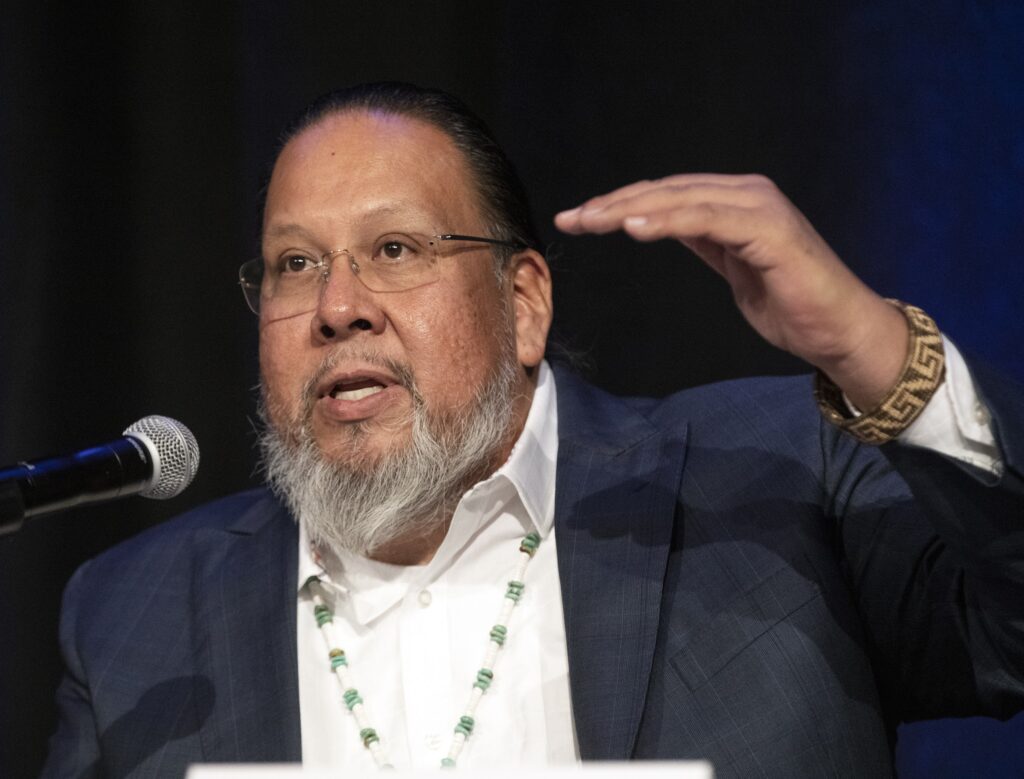
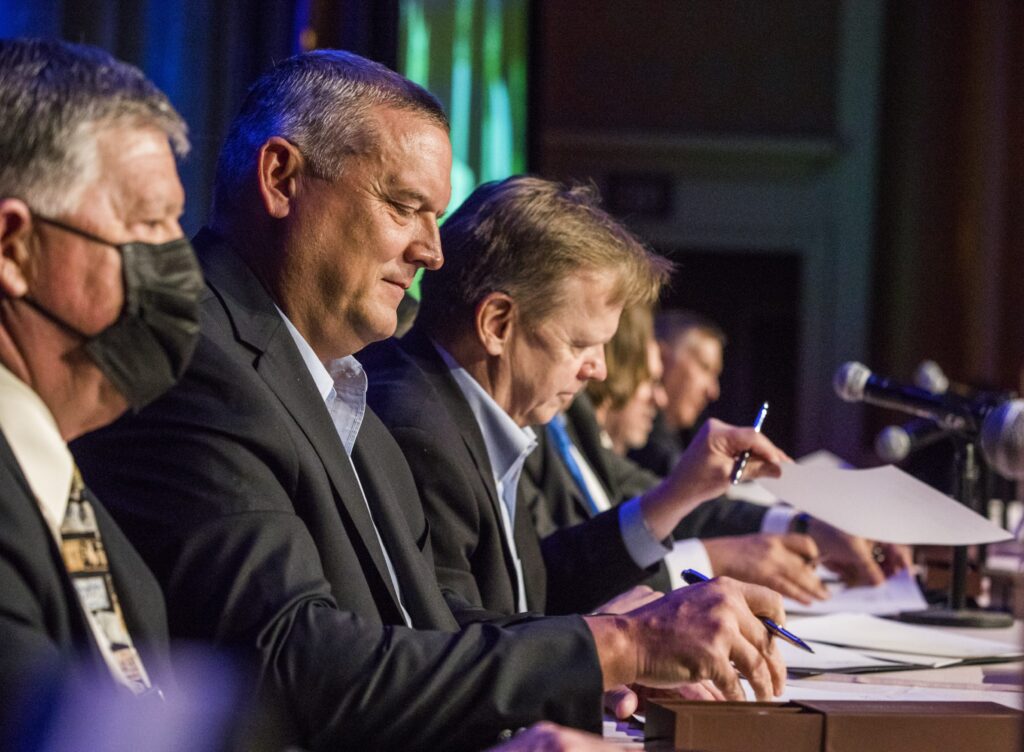
Last weekend, Haaland attended a meeting at Springs Preserve in Las Vegas with Rep. Susie Lee (D-NV) and Rep. Dina Titus (D-NV). The water authority’s general manager, John Entsminger, was also at the meeting, which focused on drought and implementing the $1.2 trillion federal infrastructure package, which includes about $8.3 billion for water investments.
At a press conference, Haaland, the first Indigenous Interior Secretary and an enrolled member of the Pueblo of Laguna, emphasized the federal government’s relationship with tribal nations.
Highlighting funding in the infrastructure bill, Haaland said the agency is “committed to upholding our trust responsibilities and delivering long promised water resources to tribes.”
As water managers consider long-term commitments, conservationists are urging policymakers to also include the environmental community at the negotiating table.
Bart Miller, a director at Western Resource Advocates, said the upcoming round of negotiations should be holistic. He said, “this will have to be a different discussion and negotiation than it was 15 years ago.” Miller emphasized the need for transparency so that all water users can see what is being discussed.
When asked whether a structure to do that exists, he said “it remains to be seen.”
“There is a need for providing pathways for these other voices,” he said.
The tension is not only around how to reduce use and adapt to climate change. It is also in how to approach new efforts to develop Colorado River water that states claim a legal entitlement to use. This is a major source of controversy, mainly for the states upstream of Lake Powell. Some officials are eying expensive infrastructure projects to divert more water away from the river.
Miller said any project that would increase demand should be viewed skeptically.
“Rather than single out a particular project,” Miller said, “it’s important [to note] that large-scale new development is going to pose a risk to the system. That's just plain and simple.”
“We have a shrinking supply — and there's a lot of talk about shortage,” he added.
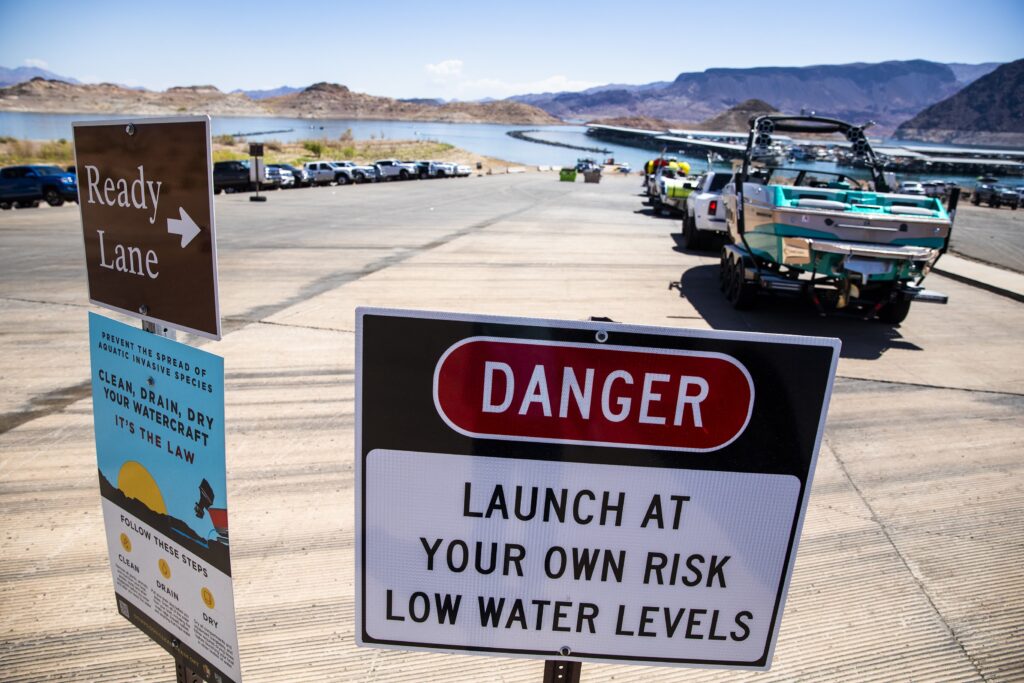
On Monday, the Utah Rivers Council, an environmental group that has advocated for controlling demand through conservation, released a report arguing that several states were already using more than their Colorado River share, even as some water managers have sought to obtain permits for new infrastructure to use more water, including the proposed Lake Powell Pipeline.
Zach Frankel, the group’s director, said Utah lawmakers have expressed a desire to increase the state’s reliance on its Colorado River allotment, despite the dwindling flows. In an interview, Frankel urged all water managers to take into consideration the last two decades of observed streamflow on the Colorado River, which averages about 12.4 million acre-feet.
Frankel said, given the imbalance on the river, that he believes “it’s climate change denial that’s driving” the push to build new projects.
